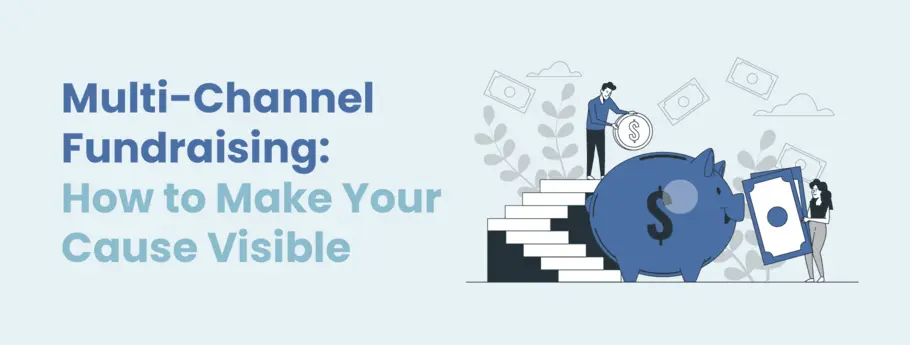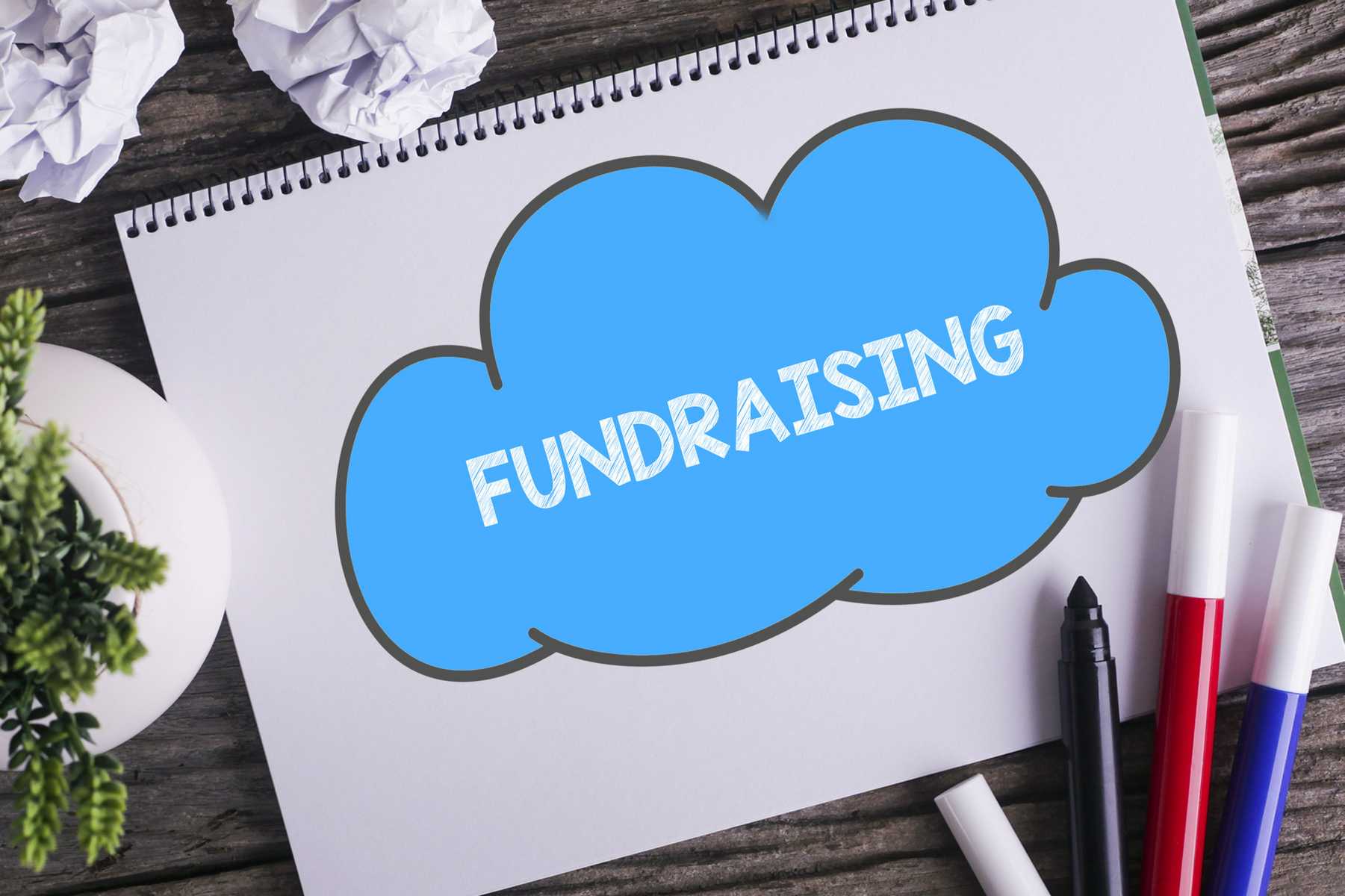The Function of Area Engagement in Nonprofit Fundraising: Building Lasting Relationships for Lasting Assistance
Area engagement is increasingly identified as a vital part of effective not-for-profit fundraising. The strategies and methods used to involve neighborhoods differ widely, raising vital inquiries regarding efficiency and influence.
Comprehending Area Involvement
Community interaction is a vital element of effective nonprofit fundraising initiatives. Nonprofits should identify crucial stakeholders-- such as community participants, local organizations, and other organizations-- to produce reliable engagement methods.
Efficient area involvement is based on energetic listening and responsiveness to the demands and passions of the community. This process entails getting feedback, understanding neighborhood dynamics, and making certain that the organization's objective aligns with regional concerns. Involving the community can take various types, including public meetings, volunteer possibilities, and partnership efforts, each developed to motivate participation and financial investment in the organization's goals.
Additionally, community involvement must be approached as a continuous dialogue instead of an one-time initiative. By fostering a comprehensive environment where area voices are listened to and valued, nonprofits can develop a strong structure for future fundraising ventures. Eventually, a deep understanding of area engagement equips companies to produce genuine connections that improve their overall efficiency and sustainability.
Advantages of Solid Relationships
Strong partnerships formed through area involvement return various benefits for not-for-profit fundraising efforts. First and foremost, these connections foster trust fund and reputation, crucial components in motivating donors to add. When prospective supporters see a not-for-profit proactively involved in their community, they are most likely to think in its goal and effect.

Moreover, these partnerships promote effective interaction. Nonprofits can take advantage of their links to share tales of effect, updates, and needs, making certain that fans stay informed and involved. This open line of communication not only strengthens bonds but also motivates word-of-mouth promo, increasing the nonprofit's reach.
Last but not least, strong area ties can attract brand-new companions and sponsors. Individuals and businesses are a lot more inclined to straighten with companies that demonstrate purposeful area participation, giving extra sources and support that can significantly improve fundraising capabilities. Thus, cultivating robust relationships via area involvement is indispensable to a not-for-profit's long-lasting fundraising success.
Approaches for Efficient Engagement
Exactly how can nonprofits successfully engage their communities to boost fundraising initiatives? Routine updates, engaging material, and calls-to-action can galvanize community rate of interest and participation.
Second, hosting neighborhood events, such as workshops, volunteer possibilities, or fundraising drives, promotes face-to-face communication, enabling nonprofits to showcase their effect and efforts. These occasions not just increase funds but likewise grow connections and permit neighborhood participants to involve directly with the cause.
Third, executing customized interaction approaches can improve engagement. Tailoring messages to particular contributor sectors based on rate of interests and previous contributions fosters a sense of belonging and financial investment in the organization's goal.
Finally, creating collaborations with neighborhood organizations and area leaders can enhance outreach efforts. Collaborative efforts can enhance visibility and reliability, showing a collective dedication to the neighborhood's health. By incorporating these approaches, nonprofits can build lasting partnerships that improve fundraising initiatives and drive lasting assistance.
Gauging Involvement Success
While involving the neighborhood is vital for successful nonprofit fundraising, measuring the performance of these involvement efforts is similarly vital. Establishing clear metrics enables companies to analyze how well they are getting in touch with their audience and attaining their fundraising objectives. Trick efficiency signs (KPIs) such as contributor retention prices, volunteer participation levels, and engagement on social media systems supply substantial data for assessment.

Routinely analyzing these metrics makes it possible for organizations to pivot their approaches when essential, making certain that neighborhood involvement continues to be aligned with their total objective. Additionally, sharing these results with stakeholders fosters transparency and builds trust, encouraging additional neighborhood involvement. Ultimately, a robust dimension structure not just notifies future fundraising campaigns yet likewise enhances the relationship between the not-for-profit and its advocates, laying the foundation for sustainable success.
Instance Studies in Neighborhood Influence
Various instance research studies illustrate the profound impact that community involvement can have on not-for-profit fundraising success. One noteworthy instance is the "Food for Idea" effort, where a neighborhood food financial institution partnered with schools and businesses to host community dinners. These events not only increased funds yet likewise fostered a feeling of belonging amongst participants, dramatically boosting benefactor retention prices.
Another compelling situation is the "Green Spaces Job," which entailed neighborhood homeowners in the revitalization of urban parks. This initiative not only garnered financial backing from neighborhood businesses but additionally cultivated a volunteer base that added to continuous maintenance and programs. The sense of possession and satisfaction amongst area participants equated into continual payments.
In the realm of arts, the "Art for All" campaign successfully involved local artists and customers to produce collective art setups, leading to raised presence and contributions for a neighborhood arts nonprofit.
These instances highlight that when nonprofits focus on neighborhood involvement, they can create lasting relationships that improve fundraising initiatives, making certain sustainable assistance and fostering a lively area society. Such cases show that community engagement is not just a technique but an essential pillar of not-for-profit success.
Verdict
Finally, neighborhood interaction is important to the success of nonprofit fundraising efforts. By fostering solid relationships with local stakeholders, companies enhance depend on and integrity, resulting in enhanced donor retention and loyalty. Executing reliable interaction methods and gauging their effect makes sure that nonprofits can grow and adjust. Ultimately, a durable foundation of community assistance not just enhances fundraising nonprofit marketing potential but likewise grows a culture of collaboration, important for accomplishing lasting business objectives and sustaining meaningful effect.
Nonprofits must recognize crucial stakeholders-- such as neighborhood participants, regional businesses, and various other organizations-- to create reliable interaction strategies.

In verdict, neighborhood engagement is important to the success of nonprofit fundraising initiatives.